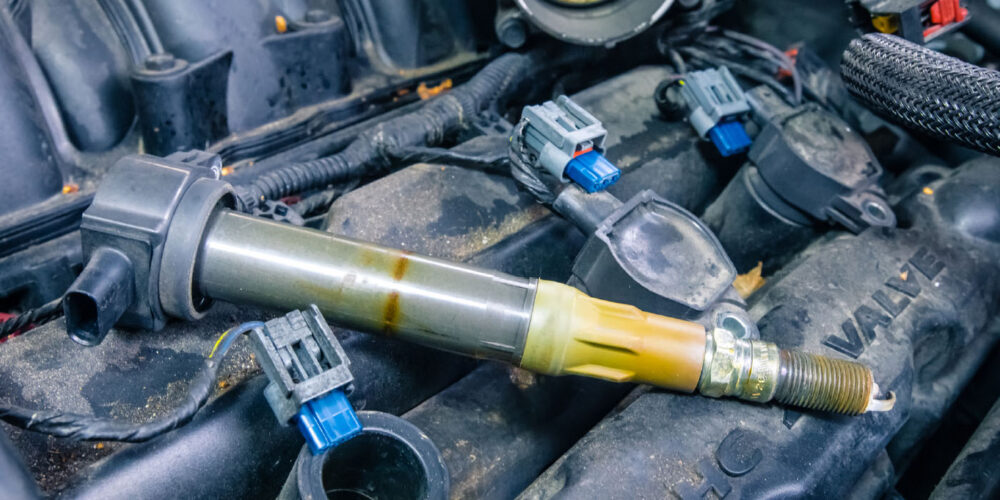Many domestic and import car makers use timing belts instead of timing chains because they are quiet, inexpensive, durable and can be replaced without violating the oil tightness of the engine.
Vehicle manufacturers usually indicate regular replacement intervals in order to avoid catastrophic engine failure. These intervals for timing belts can vary from 10,000 miles for a simple belt tension adjustment to well over 100,000 miles for replacement.
Research by Gates Corporation engineers indicates that the average replacement interval is 60,000 miles.
Many timing belt replacement intervals have been increased because belts last longer than they once did, partly due to improved belt tooth design and the use of heat and oil resistant rubber compounds. Belts may look alike, but they are not interchangeable, and installing the wrong belt can result in premature failure and expensive engine damage.
To avoid comebacks when servicing an import car with a timing belt drive, Gates engineers offer two recommendations.
First, always replace the timing belt at the manufacturer’s recommended interval, or at 60,000 miles.
Second, replace the belt with an OE-match product.
You don’t need to pay dealers’ prices or wait for the dealer to deliver, however. Through its jobbers, Gates Corporation has nearly 260 SKUs of OE-match timing belts for import engine applications ranging from Acura to Yugo vehicles. Because Gates is the only manufacturer approved by virtually every major OEM to provide timing belts for new engines, it is able to cover the aftermarket with timing belts that meet or exceed tough OE performance specifications in fit, form and function.
For additional information, visit the Gates Corporation website at www.gates.com/imports.














